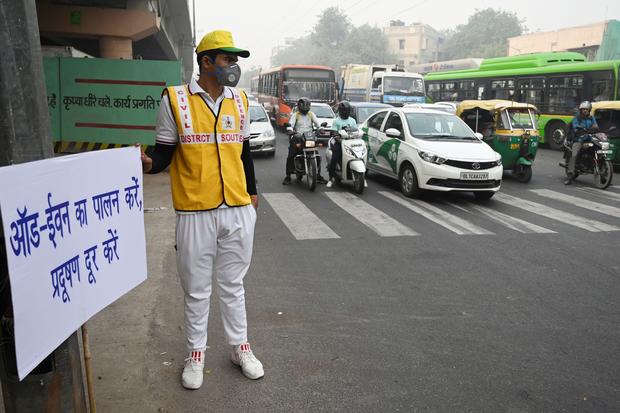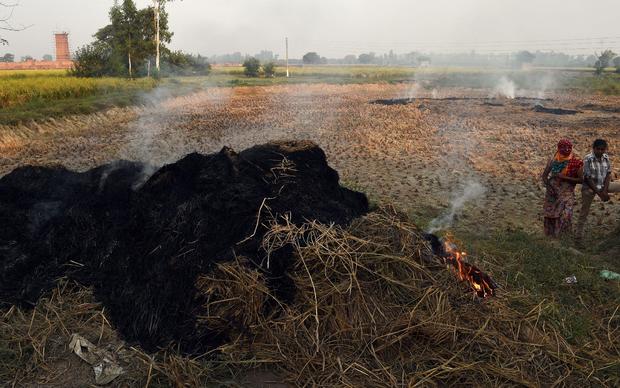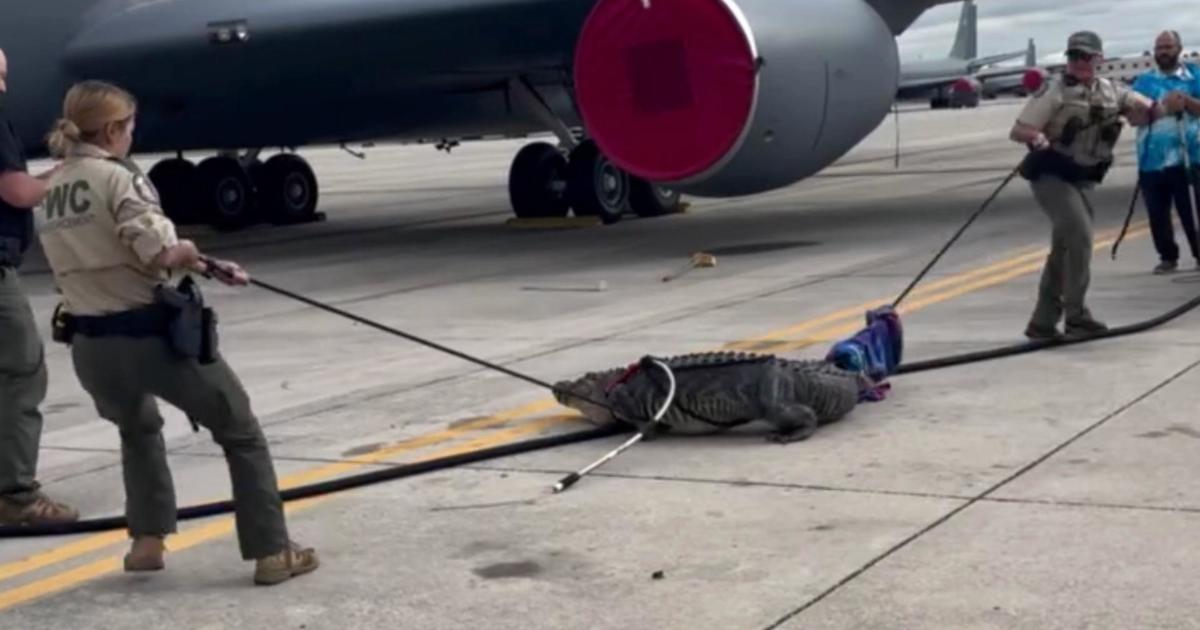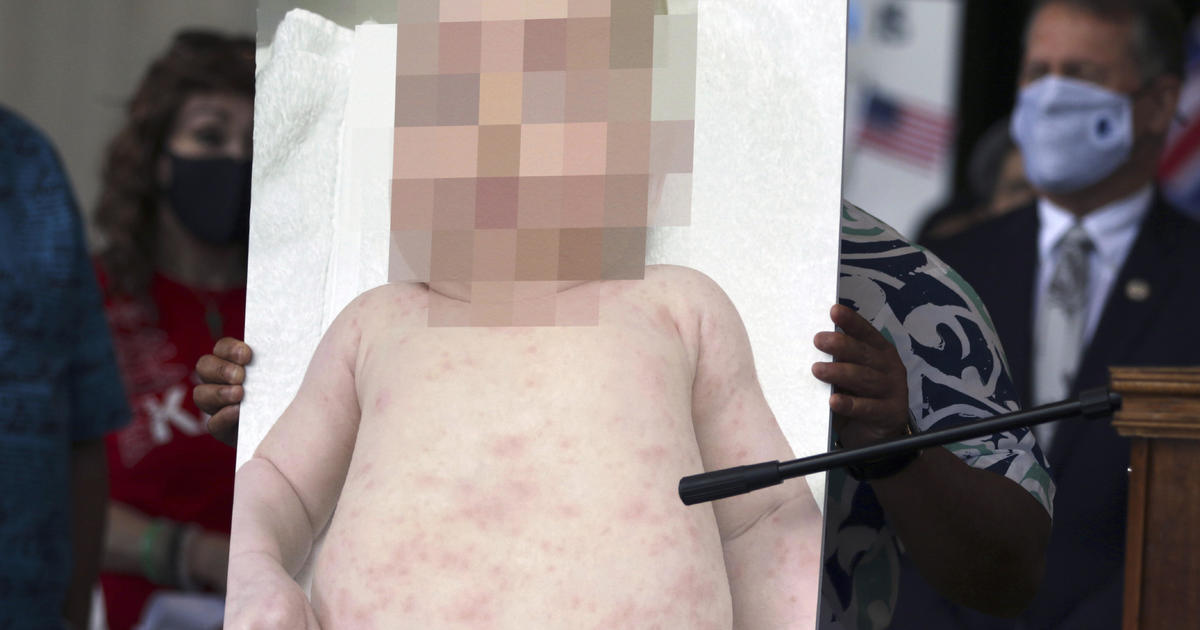Vehicle restrictions imposed to try to ease off-the-charts air pollution in Delhi
Delhi — The government of India's capital city has launched a two-week car rationing system in a desperate bid to reduce devastating air pollution choking Delhi's residents. The noxious air has sent thousands to hospitals with respiratory problems over the last week and residents say it burns their eyes just to step foot outside.
Under the measures announced Monday, private vehicles will only be allowed onto the roads on alternating days, with those bearing registration numbers ending in odd numbers on one day and then even numbers the next. The restrictions were to remain in place through November 15.
Top city official Arvind Kejriwal said the move would keep half of the 3 million cars in Delhi off the road each day.
Off-the-charts pollution
India's capital has been covered in thick smog for more than a week. People have complained of burning eyes, difficulty breathing and other respiratory problems. On November 1, the country's pollution control board declared a public health emergency for Delhi and its suburbs as the city's Air Quality Index (AQI) remained over 700. On the AQI, a safe level for all people is around the 50 mark. Anything over 100 is considered unhealthy, and over 300 is deemed dangerous for anyone who breathes the air.
On Sunday, the AQI levels in several parts of Delhi crossed 999, too high to be accurately recorded.
All schools and colleges in Delhi have been ordered to close this week and construction activities banned until at least Tuesday. Several hundred flights were delayed or cancelled over the weekend due to poor visibility caused by the thick layer of smog over Delhi's airport.
The most dangerous pollutants are the tiny "PM2.5" particles emitted by burning fuels. The particles are small enough to settle inside human lungs and cause severe respiratory diseases. The World Health Organization says a safe level of this particulate matter in the air is 60 milligrams per cubic meter. Levels in Delhi have been around 500 for days, putting not just children, the elderly and people with underlying health problems at risk, but everyone who steps outside.
Why is Delhi so polluted?
The air pollution in Delhi has remained high over the past several years, leading to an increase in respiratory disease among the city's 19 million inhabitants.
Dr. Arvind Kumar, a prominent chest surgeon and founder of the Lung Care Foundation told CBS News in April that the air in the country is so bad, it effectively makes every single person living in India a smoker, by default.
"We have no non-smokers in India," Kumar told CBS News' Elizabeth Palmer. He said the filthy air is linked to patients suffering strokes, stunted brain development, heart attacks, hypertension, and birth defects, as well as an "increased incidence of all kinds of respiratory problems, diabetes, obesity, pneumonia, lung cancer."
Pollution in Delhi spikes every winter due to calmer winds and farmers in the neighboring states of Haryana, Punjab and Uttar Pradesh burning off the remnants of their crops. The farmers burn millions of tons of crop waste every year before sowing the winter seeds.
The farmers say they lack the machines and resources to collect and dispose of the crop waste in any other way, and the state and the central governments have failed to give them viable alternatives.
In 2016, the smoke from fireworks set off for the annual religious festival of Diwali in October added to crop burning pollution and caused a smog nightmare. In 2017, nothing changed. The low visibility on highways even caused car pile-ups.
"No one is safe"
It has been a similar story this year. The state and central governments, often led by rival political parties, have continued to blame each other.
"There is passing of the buck," India's Supreme Court observed on Monday, calling out both the central and state authorities in a scathing critique.
"Delhi is choking every year, and we are not able to do anything," the court said. "People are dying and it can't happen in a civilized country ... No one is safe even inside homes; it is atrocious."
A study released earlier this year found that India's poisonous air kills more than 100,000 children under 5 every year. Last year, a United Nations report said 14 of the world's 15 most polluted cities were in India.






